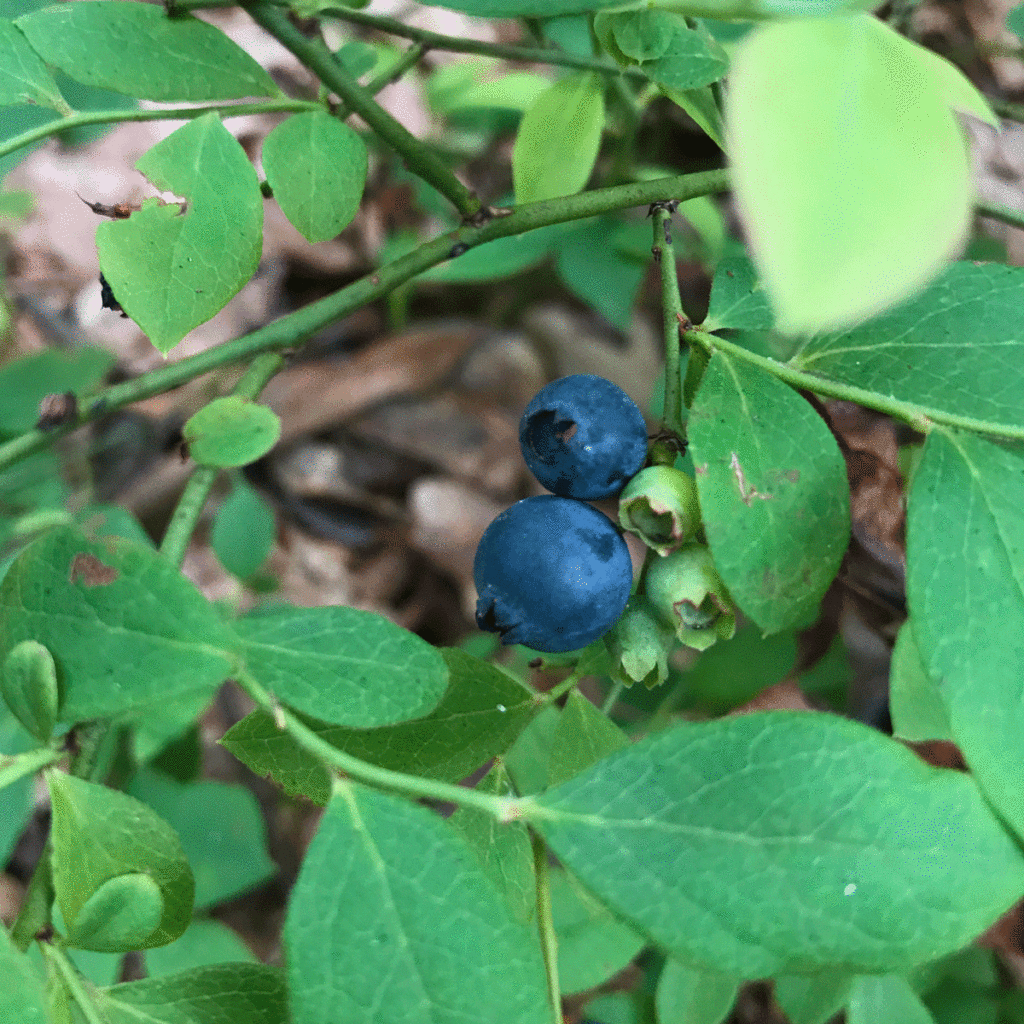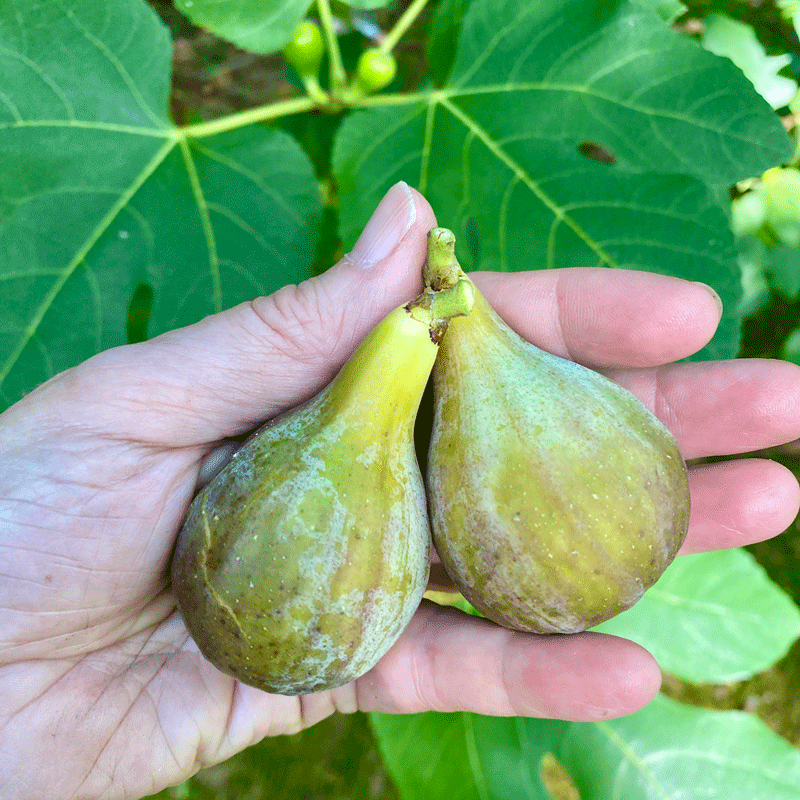This story on growing an organic fruit orchard first appeared in my local newspaper’s Master Gardener column.
Many Georgia homeowners and gardeners are interested in growing fruit in their backyards. This may be to address food insecurity, or to ensure more organic produce in their diets.
Where I live, gardeners are blessed with a long growing season, from mid-April to late October. In this time, you can grow many kinds of fruits. Strawberries are easy and if you choose an ever-bearing variety and mulch through the winter, you’ll have a perennial strawberry bed.
If you’re looking to grow more fruit at your home, check out three fruits that are easy to grow organically in Georgia: figs, blueberries and wild grapes like muscadines and scuppernongs. This trio thrives in Georgia’s hot, humid summers and are typically unbothered by pests and diseases that require spraying chemicals to save the harvest.
The end of summer is a good time to look around your landscape and consider where you would plant a fruit orchard. The best time to plant fig trees, blueberry shrubs and muscadine vines in my area (zone 8A, western Georgia) is from October to late February. They can be planted any time of year, of course, but
you will need to water extensively in times of extreme heat and drought.
Growing Fig Trees
If you only know figs from the Fig Newtons you ate as a kid (or even an adult, I won’t judge!), you’ll be surprised by fresh, locally grown figs. The sweet fruits mature in the dog days of August, and they’re quite fragile. That’s why when you find them in markets, there’s usually a premium price attached.
Fresh figs can be used in salads, and they’re divine in desserts like my buttery Fig Skillet Cake. Figs can be made into tasty jams and preserves, too.
Fig trees grow in USDA hardiness zones 7 to 11. UGA Extension experts recommend
planting varieties like Celeste, Brown Turkey, Hardy Chicago and Conadria Country. A massive Brown Turkey fig tree thrives in my garden and produced a bumper crop of figs this year.
Fig trees are easy to propagate and for that reason, you’ll often find fig seedlings for sale at local plant sales and nurseries. If you order fig trees online, make sure you get a variety that’s bred for our Southern climate and not the kind grown in California. (Unless you live in California, then you’ll definitely need the western kind).
Plant your fig tree in a full sun site that’s at least 25 feet from your home or other structures. Figs can grow into large trees or shrubs up to 30 feet tall and 20 feet in diameter. Annual pruning will keep your fig tree in check, but in the right place, a large fig tree can be an attractive focal point in your landscape.
Fig trees prefer well-drained soil that’s free of root-knot nematodes. For this reason, it’s best to get a soil test before planting fig trees. Contact your local Extension office for information on low-cost soil tests.
Growing Blueberries

Blueberries are popular for being superfoods. They’re high in antioxidants and nutrients that help improve vision and heart health. Blueberry shrubs are attractive in landscapes and, because pests and diseases are not prevalent, they’re easy to grow organically in a home garden.
Blueberries grow in full sun but can handle late afternoon shade in summer. Soil should be acidic, with a pH between 4.5 and 5.2. Before planting blueberry shrubs, get a soil test from your local Extension office. You can amend a less acidic soil (ex., a pH range between 5.3 and 6.0) with sulfur applied six months prior to planting. If your soil is alkaline, with a pH above 6.0, consider growing blueberries in raised garden beds or containers.
For the best production, plant several types of blueberries in your landscape. Rabbiteye types are native to Georgia and easy to find. Additional varieties include Southern highbush and Northern highbush.
If you like the look of blueberry foliage because it turns red in fall, check out newer ornamental blueberry shrub cultivars that are grown for fall color and attractive flowers and fruit.
Growing Muscadines and Scuppernongs

Muscadines are wild grapes native to the Southeast. Scuppernongs are a type of muscadine. Muscadine fruit is usually purple to red in color, while scuppernongs are green to bronze. Both muscadines and scuppernongs have thick skins, fat seeds and deliciously sweet pulp.
Like figs and blueberries, wild grapes like muscadines can be grown organically in home gardens. Muscadine need a full sun site and like a neutral to slightly alkaline soil. The pH should be between 6.0 and 6.5. If your soil is acidic, amend it with dolomitic lime.
Muscadine and scuppernong vines need to be trellised. You can build a trellis along the edge of your fig and blueberry orchard. UGA Extension experts recommend 20 feet of trellis per plant.
When purchasing muscadine vines, look for self-pollinating plants. You’ll have the most success when you plant more than one variety. Muscadines require pruning the first several years to be productive, as well as regular watering, fertilizing and weeding.
More Stories from A Cook and Her Books
Join the Conversation
Let’s talk about gardening and more on Instagram and Facebook. I’d love to hear from you!



Leave a Comment